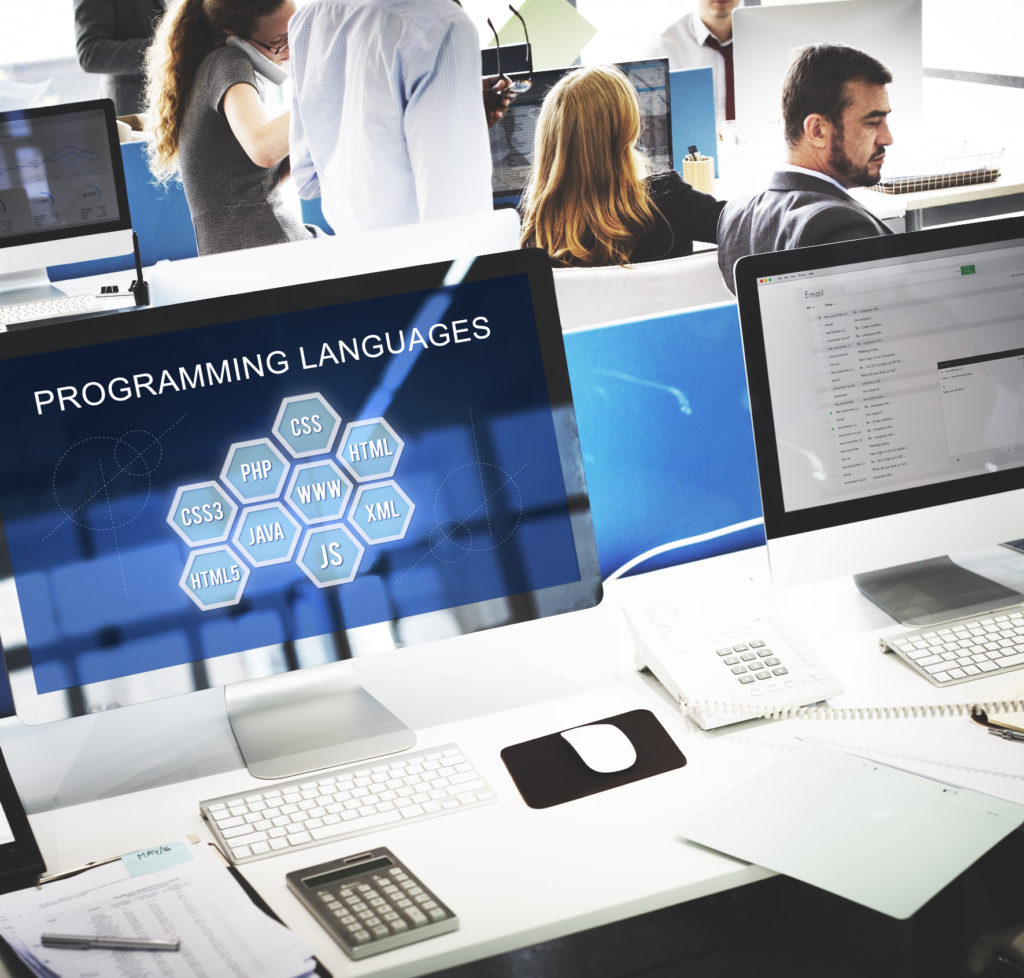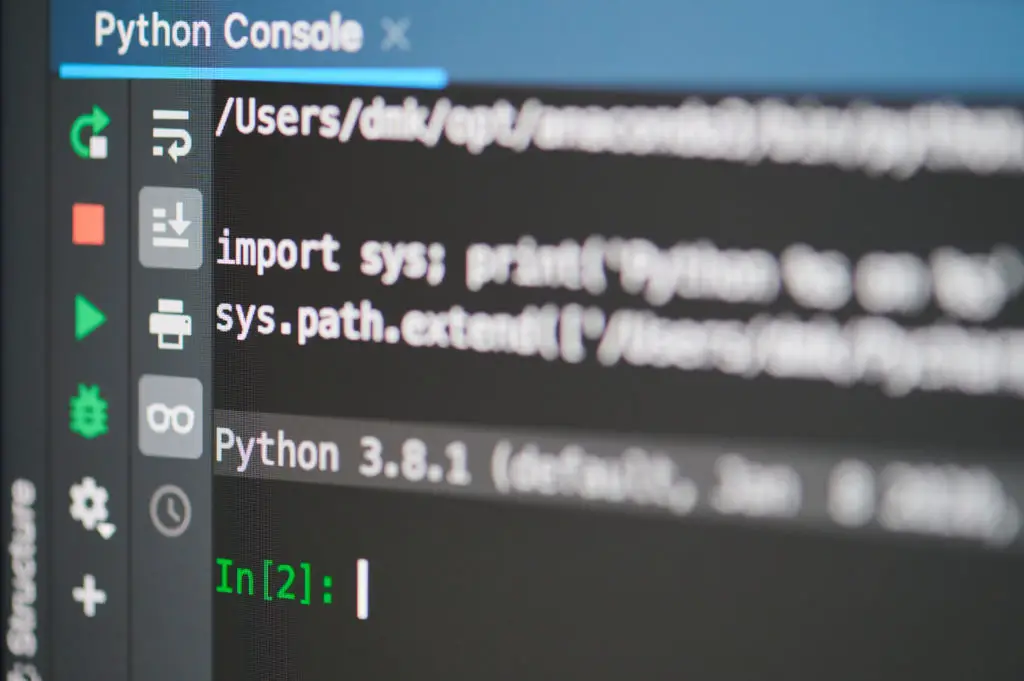Python, C++, and Swift are among nearly 700 programming languages available. Whether you want to expand your skill set or are just starting in Computer Science, you may be wondering, does it make sense to try and learn multiple languages at once?
Learning multiple programming languages at once is possible, but it is ill-advised. It is better to become moderately proficient at one coding language before moving to the next. New programmers will find the skills and concepts will transfer to second and third languages.
Use one language as a tool to understand software development concepts, then use your next coding language to discover new ways of solving problems. To understand this better, let’s look at some basics of programming languages.

Are Coding Languages Similar?
Coding languages are similar in their fundamentals. Underlying structures like conditionals, looping, and iteration are the same. Engineers will find differences in syntax and code organization. Once new developers grasp the basics, learning subsequent programming languages is easier.
Let’s look at an example of an if statement used for branching logic. It is one of the most used concepts in software development. It states that if the condition is true, do a particular operation.
In JavaScript, it is something like this:
if (hour < 18) {
const greeting = "Good day";
}
In Python, it is something like this:
if hour < 18:
greeting = “Good day”
Not much of a difference.
In JavaScript, you write your condition inside parentheses. However, in Python, you don’t. You must declare a variable and use a semicolon to terminate a statement (ongoing debate; I use them) in JavaScript, which is not something Python requires.
As you can see above, the so-called syntax is different for each programming language, but the principle is the same. If you understand an if statement in JavaScript, you’ll understand it in Python with some thinking.
JavaScript and C++ are two somewhat comparable languages. They can be used to create the same programs, as the code is very similar. The primary difference is that C++ is a lower-level programming language, which means engineers are responsible for (and can control) more of the execution of the application.
Java, Python, and JavaScript are general-purpose languages. Their code may not appear the same, but they can be employed to produce a similar software solution.
Some programming languages were designed explicitly for a given purpose. PHP, as an example, is completely isolated, with few similarities to other programming languages. It was developed specifically for webpage programming. Its name stands for PHP Home Page (a recursion joke; programmers have dry senses of humor).

Learning How To Code Easily
Many people think learning a verbal language is the same as learning to program, which is untrue. There are three different skill sets to learn in programming.
Learn To Program First In Any Language
C++ is an excellent choice for beginners. It’s what I started learning at University. It’s clear and straightforward initially, though advanced uses can get highly complex. Most ideas in programming translate to all imperative languages, so it doesn’t matter where you learn them. Learn about:
- Variables - scope, data types, conversion
- Functions - parameters, returning values, scope
- Conditions - looping and branching
- Arrays - and other basic compound data structures
These ideas will translate pretty easily to other languages.
Algorithmic Thinking
This is about breaking down a complex problem into a succession of smaller ones. It is the most challenging aspect of programming, and even experienced programmers will tell you that they are still learning how to do it.
Fortunately, each project you complete gives you experience implementing established algorithms. To be excellent at this, you’ll need some theory. That is where Computer Science comes in.
You may be a good programmer without much theory, but if you want to be a brilliant programmer, you must invest in that. As a novice, you’ll gain a lot of experience as you go, so don’t worry about this until you can get the programs to work.
Understand The Language You’re In
While learning the main ideas of programming, you’ll also need to understand the language you’re using. This involves:
- Understanding the language’s core structure
- Understanding syntax rules (punctuation and line endings)
- Knowing the key libraries and how to include them
Learning a second coding language becomes easier when you grasp the basics of programming and the specifics of a particular language (and you’re working on algorithms) since you only have to focus on the new language’s details.
However, you don’t want to jump from one language to the next after mastering the basics. Learning a language takes time, and being able to write production-quality code takes even longer. Your time would be better spent focusing on one language rather than bouncing.
That said, is it possible to code if you’re a non-native speaker of English?

Can You Code In Other Languages?
FORTRAN was the first commercial programming language introduced in 1957 for an IBM mainframe. English was naturally selected for this American innovation. It is possible to code in languages other than English, but for practical and historical reasons, most major code today use English keywords.
Check out the post ‘Are All Programming Languages In English?’ for more information.
Even people from countries where the local language isn’t English still use English for programming. Some of the most widely used programming languages came from non-English countries:
- Python was made in the Netherlands.
- Ruby was made in Japan.
- Julia was made in Brazil.
However, localized versions of Python have been developed to support different languages. Non-English-based implementations of Python include Setonas (Lithuanian), Teuton (German), or Chinese Python (Chinese).
A non-English programming language that is commonly used in Russia is 1C. This Russian-based programming language is used in business applications such as POS (point of sale), WMS (warehouse management system), and ERP (enterprise resource planning. The language’s development platform is known as 1C: Enterprise.
While English is now the programming world’s lingua franca, this may change as more innovative technologies are developed.
One such trend is the emergence of low-code or no-code solutions. Microsoft’s Azure Logic Apps allow business users to produce data workflows. Scratch was developed by the Massachusetts Institute of Technology (MIT) to make it fun for kids to learn programming fundamentals.
The goal is to develop a conceptual language that will allow coders of all skill levels to approach computing challenges in fresh ways.
Good programmers don’t simply learn how to code; they also know how to wrap their minds around a problem and devise an appropriate algorithmic solution.